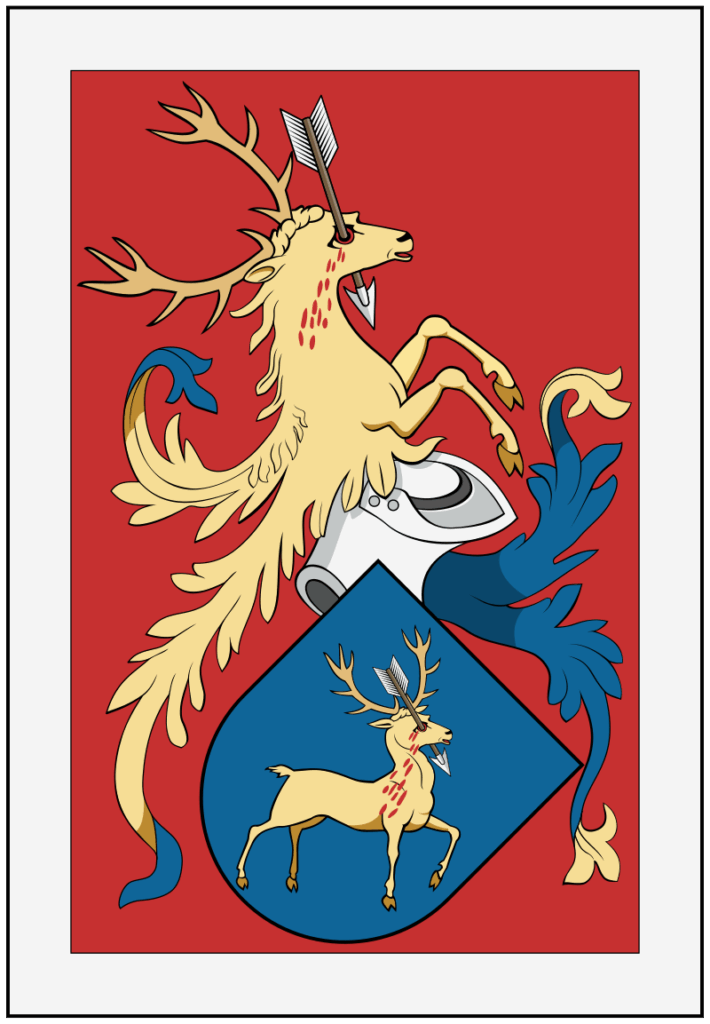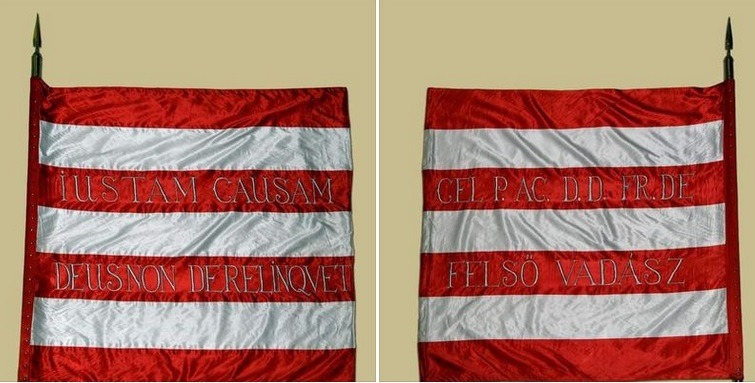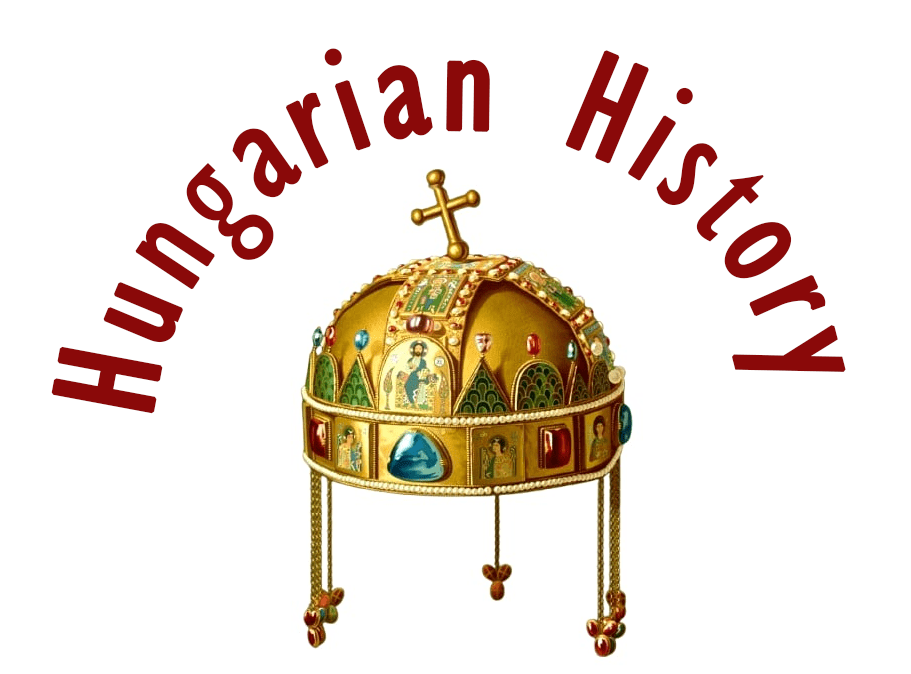Ádám, the son of Vay Péter and Zoltán Anna, was born on 11 May 1657 in the family’s castle in Vay (today Szabolcs-Szatmár-Bereg county). Two of his brothers, Ábrahám and Mihály, were later involved in the Kuruc movements.

Ádám first studied at the Reformed College in Sárospatak, but due to illness, he left the school in 1667. He then studied at home but did not complete secondary school. In 1675, he briefly joined the Kuruc troops, but soon found himself in the Danube region, where he served at the court of Batthyány Kristóf and other lords. He then went to Fülek, where he served as a lieutenant in the castle. Here he met Erzsébet, the daughter of the vice-captain of Fekete László, whom he married on 4 May 1679.

When the Kuruc-Turkish-Transylvanian armies took Fülek in September 1682, Vay Ádám rejoined the Kuruc forces, and Thököly Imre later made him captain of one thousand men and Kisvárda Castle’s commander. In 1684, he was appointed by the prince as commissar of the Crimean Tatar troops assigned to the Kuruc forces, an assignment that damaged his reputation as the Tatars savagely ravaged the Upper Tisza River region.

After the capture of Thököly, he returned to the Emperor, and in 168,7 he appeared at the Diet of Pozsony as the envoy of the county of Szabolcs. At the end of 1695, his wife died, and he remarried the following year, this time to Anna, daughter of Zay András, a candidate for the post of the Palatine. From his two marriages, he had eight children, including Ádám the Younger. One of his daughters, Erzsébet, married Mihály, son of the educated Transylvanian chancellor Bethlen Miklós, while his other daughter, Katalin, married Pál, son of the influential Teleki Mihály, a powerful general of the Transylvanian prince Apafi Mihály. Zay Anna is remembered in literary history as one of the first women writers. She also compiled a prayer book and a medical book.

Vay Ádám and Rákóczi Ferenc II met in 1700 in connection with a vineyard dispute, but from then on their destinies were intertwined. Vay also took part in the aristocratic conspiracy led by Rákóczi and was taken prisoner with him in 1701. He was also imprisoned in Vienna until August 1702, when he was released. During his imprisonment, he wrote his autobiography in verse.

He returned home to his Nógrád estates and took refuge in Ajnácskő castle. In September 1703, the Rákóczi-led War of Independence reached his castle, but he did not join the Kuruc forces raiding in the area, but went to the stronger Gács castle. In October 1703, however, the fortress had to be surrendered, and he and the other nobles of Nógrád set off for Tokaj to join Rákóczi. The prince appointed Vay as court captain on 24 October, and three days later as captain-in-chief of the Jász and the Kuns (Cumans). He became the leader of Rákóczi’s court, later on the court marshal and commander of his palace guard. He tried to enforce the court order with everyone, thus preserving Rákóczi’s princely dignity.

Rákóczi trusted the aging nobleman completely, so after regaining the castle of Munkács, the centre of the Rákóczi dominions, on 16 February 1704, he made Vay the chief captain of this castle. At the same time, he was given the presidency of the Court Council, which had been set up in the spring. The council functioned until the Diet of Szécsény, when it was replaced by the Senate. Naturally, the court-martial also had a seat in this body.

He was the only Hungarian nobleman to be elected a member of the Transylvanian Council (Consilium). His good contacts in Transylvania, his brother Mihály’s estates there, and the marriages of his daughters helped him in this. He concluded the alliance with the Transylvanian Estates on behalf of the Prince at the Assembly of Huszt. Rákóczi also sought to strengthen his position in Transylvania by giving him the position of chief Comes of two border counties, Békés and Máramaros (in the case of Máramaros, the administrative position of chief Comes), and after the death of Dolhay György, the chief captain of Huszt in the summer of 1708, he also entrusted him with the administration of his castle.

Although he did not engage in military activities, his position as court marshal placed him in the highest ranks of the military command, even if this title was not considered equivalent to the rank of field marshal. As a devout Reformed, he was also on good terms with the equally deeply religious Catholic Rákóczy, and was one of his most intimate advisers, some say one of his most evil spirits. The prince laughed when he heard the latter, for he regarded the nobleman, who was almost twenty years his senior, almost as a father. In the eyes of the noble, and mostly Catholic, military leaders, Vay was just an upstart who was never really loved, but respected.

At the end of the War of Independence, Rákóczi took both Bercsényi Miklós and Vay Ádám with him into exile, for fear of Imperial reprisals. Vay left Hungary on 4 March 1711, after having hosted Rákóczi and the Imperial Commander-in-Chief, Pálffy János, in his castle in Vaja on the last day of January. Not much is known about the negotiations since then, but certainly the positions of the two adamant leaders did not converge. Vay, who emigrated not of his own free will but at the prince’s request, was followed by his family, his wife, his son Ádám, and his daughter Julianna.

They first lived in southern Poland, and following the prince, they arrived in Dancka (Danzig, now Gdańsk, Poland) in the summer of 1712. Rákóczi, however, soon left for France, while the other remaining Kuruc (Bercsényi, Esterházy, Forgách) stayed in southern Poland. Thus, Vay and his family lived in almost total isolation in Dancka in rather miserable conditions. They were helped by the painter Mányoki Ádám, because there were times when the only way to buy food was to collect and melt the gold embroidery of Zay Anna’s skirt. The elderly nobleman had hoped to return home, but this was not to be. His son returned to Hungary with a pardon in the autumn of 1713, and his daughter Julianna died at the age of 16, much to her parents’ sorrow.

From the summer of 1718, Vay Ádám lost weight, and he had no appetite, so he died on 31 January 1719. According to his wishes, he was buried next to his daughter in the Church of St. Elisabeth in Dancka. His wife had a marble memorial tablet placed on his grave. Zay Anna was allowed to return to Hungary by the Emperor’s mercy, and her husband’s remains were brought home in the summer of 1906 by his descendants, Count Vay Ádám and Count Vay Tihamér. His reburial took place on 19 June in the family tomb in Vaja. The state commissioned the sculptor Holló Barnabás to create a worthy tomb, which was erected in the autumn opposite the castle in Vaja, where the remains were relocated on 15 November.

In the castle of Vaja, researchers regularly held commemorative conferences on the Rákóczi War of Independence and the Kuruc movements. The ornate silver pendant of Vay Ádám Vay is now in the Hungarian National Museum, where the portrait of him painted by Mányoki Ádám is also kept.

Sources: Esze Tamás: Vay Ádám 1657-1719. In.: Vajai konferenciák. 1969.
Heckenast Gusztáv: Vay Ádám szerepköre a Rákóczi-szabadságharc vezetésében. In.: Vajai konferenciák. 1996.
Bene János: Vay Ádám (1657-1719). In.: Honismeret. 2007/2.
Heckenast Gusztáv: Ki kicsoda a Rákóczi-szabadságharcban? Bp., 2005.
Mészáros Kálmán: Rákóczi Ferenc tábornokai és brigadérosai. Bp., 2006.
hirts.
Please, support me with a coffee here: https://www.buymeacoffee.com/duhoxoxa
You can check out my books on Amazon or Draft2Digital. They are available in hardcover, paperback, or ebook:
https://www.amazon.com/dp/198020490X or at https://books2read.com/b/boYd81

My work can also be followed and supported on Patreon: Become a Patron!http://Become a Patron!
Become a Patron! Donations can be sent by PayPal, too: https://tinyurl.com/yknsvbk7


https://hungarianottomanwars.myspreadshop.com/all
Subscribe to my newsletter here: https://tinyurl.com/4jdjbfkn

